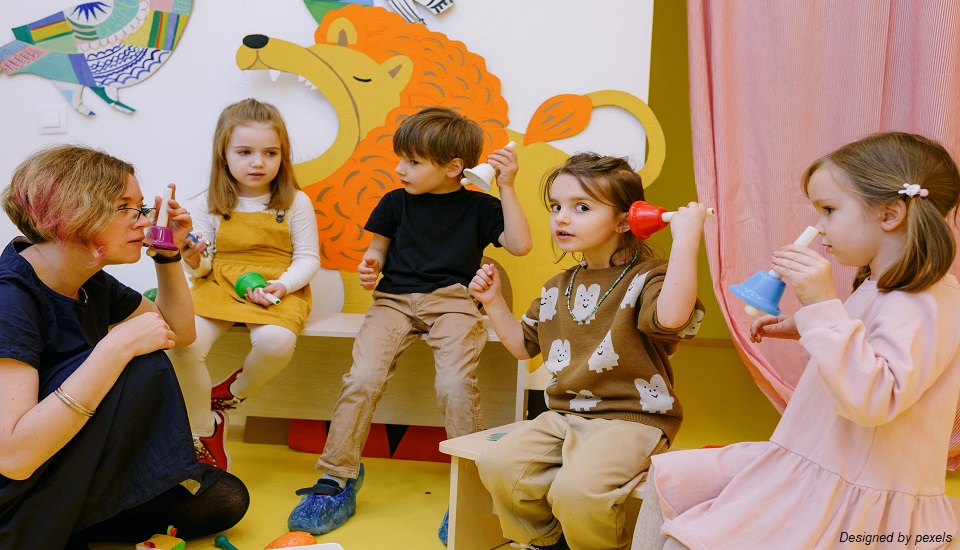Are you an administrator who is looking for the best way to keep disruptive students in class? If so, you’re not alone. Many administrators are struggling with this issue. It’s no secret that disruptive students can be a handful for educators. But what’s the best way to deal with them?
There are a number of strategies that administrators can use to keep disruptive students in check and, ultimately, in the classroom where they belong. However, it’s important to remember that each student is different and that what works for one may not work for another.
The key is to be patient, to be consistent, and develop a plan that is tailored to the individual student. With that said, here is a step-by-step guide on the best way to keep disruptive students in class.
Before jumping into the topic, if you want to become an effective educational administration leader by learning every modern leadership technique then we do recommend our Certificate in Educational Administration and Management Course, which will definitely help in your journey to becoming an effective educational leader.
Now without any further ado, let’s get to know about the topic, for which you’re here.
What is a Disruptive Student?
A disruptive student is one whose behaviour interferes with the learning process in the classroom. This can come in many forms, such as talking out of turn, skipping class, disruptive noises, physical altercations, and any other behaviour that consumes the attention away from the lesson being taught.
In order to effectively manage disruptive behaviour, it’s important to understand its origins and to be able to recognize it when it happens to biome an effective educational administration leader. Causes of disruptive behaviour can include stress, bullying, boredom, lack of sleep, lack of discipline, and more.
Furthermore, it’s important to note that a disruptive student may not always be aware of their behaviour and may require special attention in order to be re-engaged with the lesson.
The Three Types of Disruptive Behaviour
Disruptive behaviour can range from mild to extreme, depending on the severity of the incident. The three common types of disruptive behaviour are verbal, physical, and passive.
- Verbal disruptive behaviour includes talking out of turn, swearing or language that is disrespectful to those in the classroom, and talking back at the teacher.
- Physical disruptive behaviour includes physical behaviour such as throwing objects or fighting with other students.
- Passive disruptive behaviour often appears in the form of deliberate ignoring of instructions, poor attitude, turning away from the instructor, and sulking.
The Best Way to Respond to Each Type of Disruptive Behaviour
It is important to be consistent when handling disruptive behaviour in the classroom. For verbal disruptive behaviour, the teacher should address the student calmly but firmly. The teacher should explain to the student why their behaviour is inappropriate and should provide consequences if the behaviour does not stop.
- For physically disruptive behaviour, the teacher should address the student aggressively. The teacher should explain to the student why their behaviour is not acceptable and should provide appropriate consequences if the behaviour does not stop.
- For passive disruptive behaviour, the teacher should attempt to engage the student in conversation and ask them why they are not participating. The teacher should explain to the student that a classroom is a place for learning and that the student needs to participate in order to get the most out of the lesson. Once the student has been spoken to, the teacher should provide consequences if the behaviour does not change.
Responding to Repeated Incidents of Disruptive Behaviour
If a student continues to be disruptive despite attempts to address the behaviour in the classroom, the teacher should consider involving school authorities and/or talking to the student’s parents.
This may be intimidating for the student, but it is important to emphasize that their behaviour is unacceptable and that there are consequences for such behaviour. It is also important for teachers to remain consistent and to make it clear to the student that their behaviour is not tolerated.
Whenever possible, it is best to provide positive reinforcements for behaviour that is appropriate and to avoid punishing disruptive behaviour too harshly as this can only further alienate the student.
Deal with disruptive students effectively
The key to successfully addressing disruptive behaviour in the classroom is to be consistent, patient, and understanding. Every student is different and requires a tailored approach in order to effectively deal with their disruptive behaviour. By taking the time to understand the effects that disruptiveness can have on a student, administrators can develop strategies to keep disruptive students in the classroom and get the most out of their learning experience.
In case, if you are an experienced or aspiring Educational leader who wants to take their school to new heights with your leadership then we do recommend our Certificate in Educational Administration and Management course, which will definitely serve its purpose.









